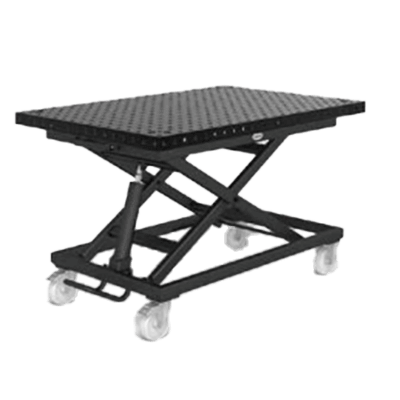What Is a Surface Plate?

A surface plate is a high-precision flat surface used as a reference point in machining, assembling, measuring, or testing machinery and equipment. Available in rectangular, square, and circular shapes, surface plates come in sizes from 30 cm to several meters. They are classified by grade to meet various precision requirements and are typically made from cast iron, black granite, or ceramics.
Usage of Surface Plates
Surface plates provide a stable and precise base for measuring parts, planning during assembly or welding, and serving as a base for 3-D measuring machines and precision machinery. Their application spans from the food industry for sterilization processes to the automotive industry for ensuring high rigidity in automobile components.
Principle of Surface Plates
The flatness of surface plates is achieved through machining, lapping, or scraping processes. Techniques like whittling and 3-face sliding ensure the necessary accuracy, producing a surface that can be reliably used as a reference plane.
Types of Surface Plates
Variations of surface plates include the common box type with internal ribs for lightness and rigidity, precision plates for inspecting machined product accuracy, brown-sharp type for finishing standards, and self-honed plates with a reinforced top plate for added strength.
Structure of Surface Plates
1. Steel Plate
This is the most commonly used type of surface plate. To ensure high flatness accuracy, internal stresses are removed by annealing, and the surface is precisely finished. A magnetic jig can be used, but it is susceptible to rust and requires periodic maintenance as dents and burrs may cause the reference surface to cease functioning during use.
2. Stone
The surface is more than twice as hard and precise as cast iron. No maintenance is required due to its high corrosion resistance. The flatness accuracy is not deteriorated by dents or scratches, and it can be used for a long period.
3. Ceramic
As with stone, the surface hardness is high, so work involving sliding is possible. Ceramic is selected for use in clean rooms because it is less likely to produce fine dust. However, it is vulnerable to a certain degree of impact and may chip or crack.
4. Glass
Glass is suitable for DIY projects, as it is easy and inexpensive to make.